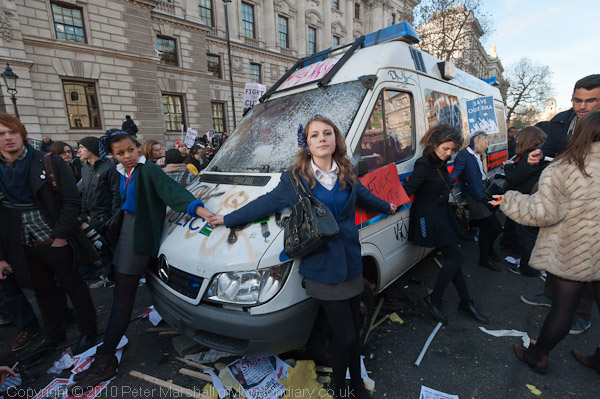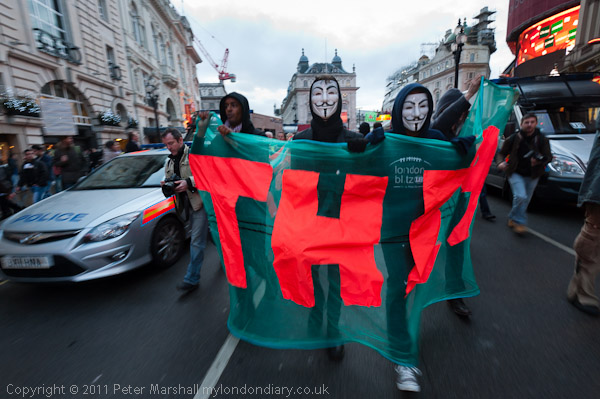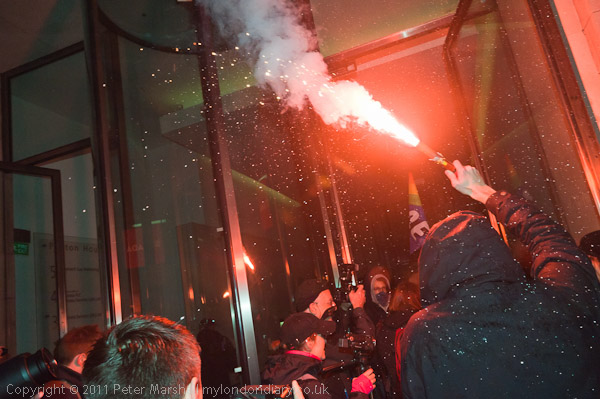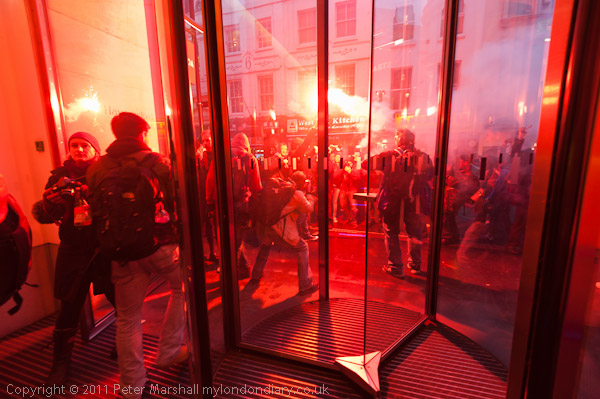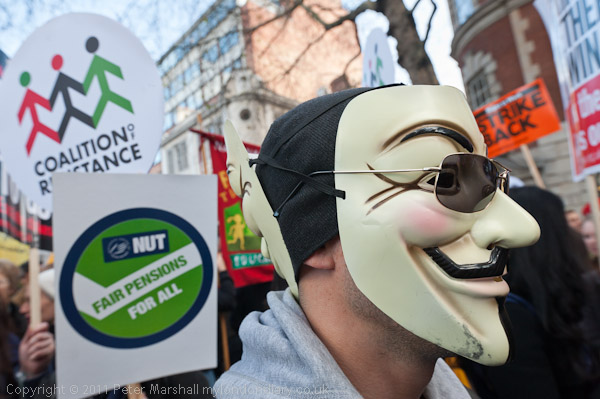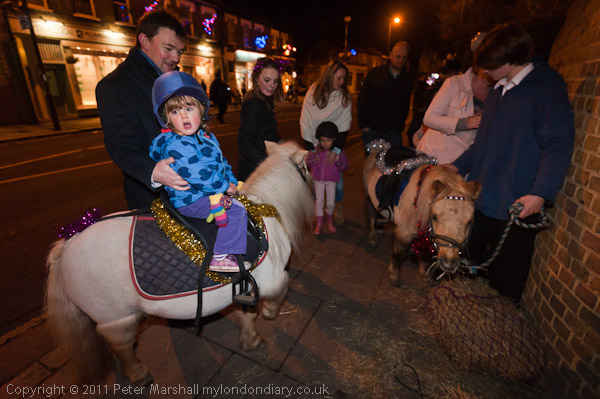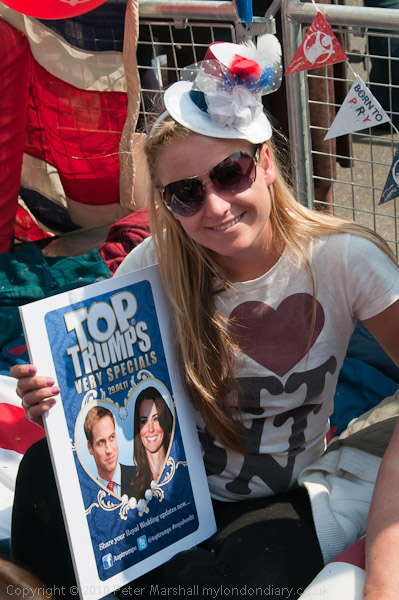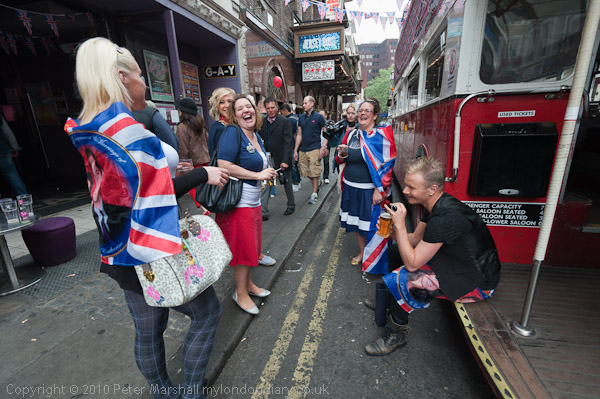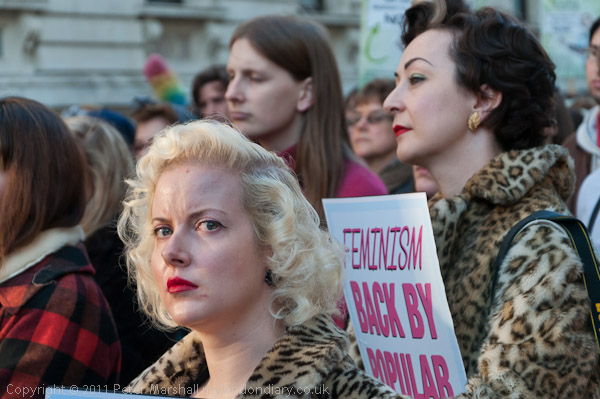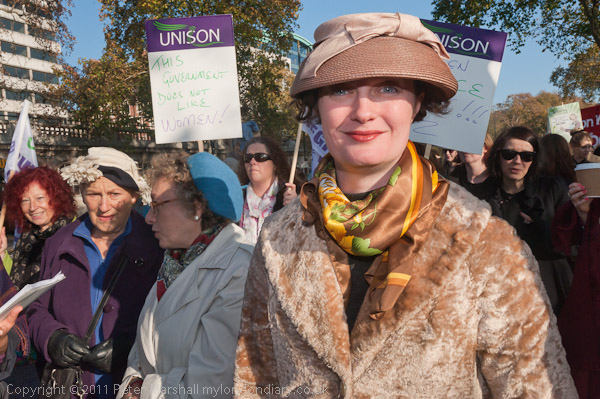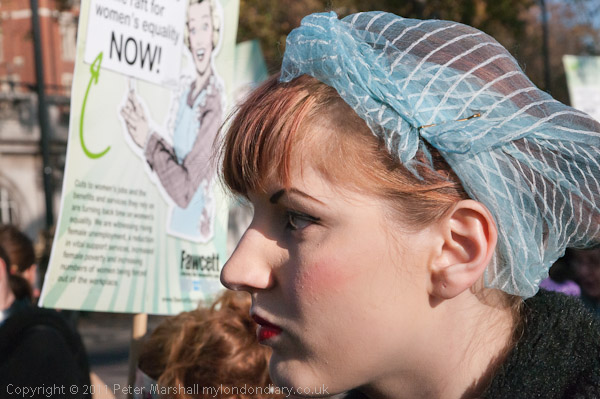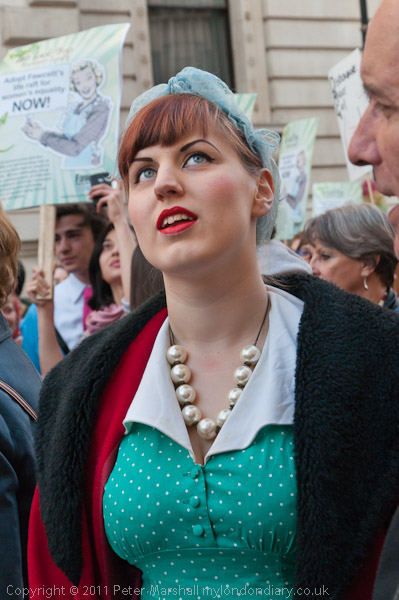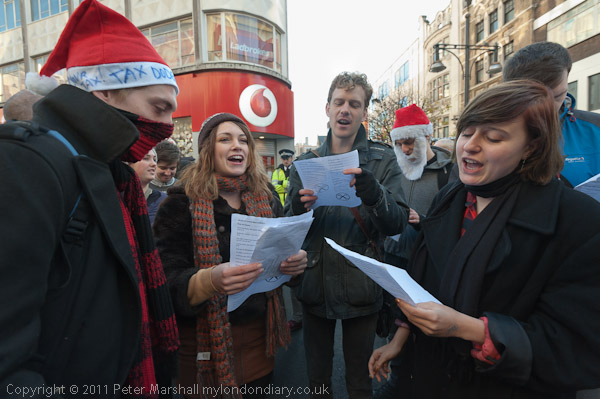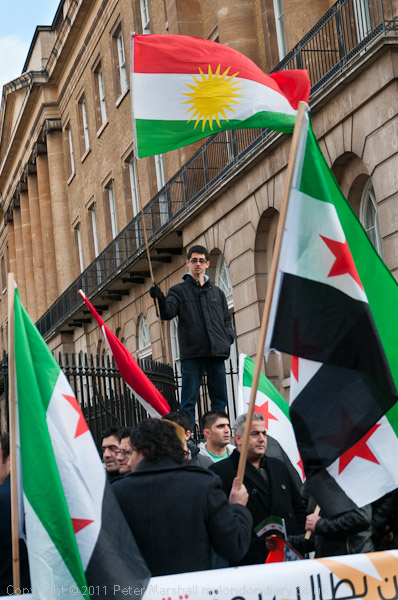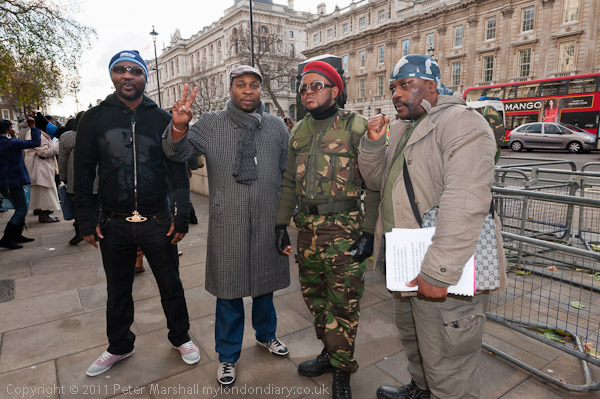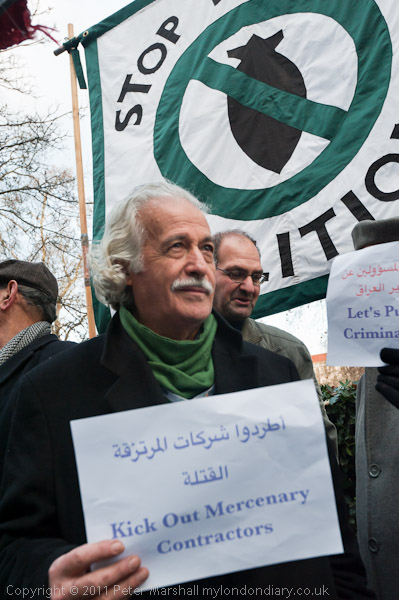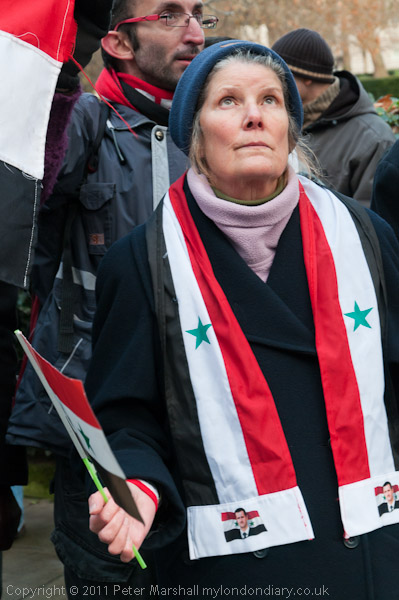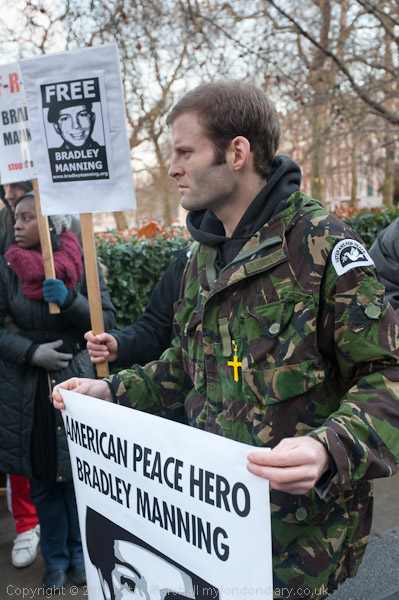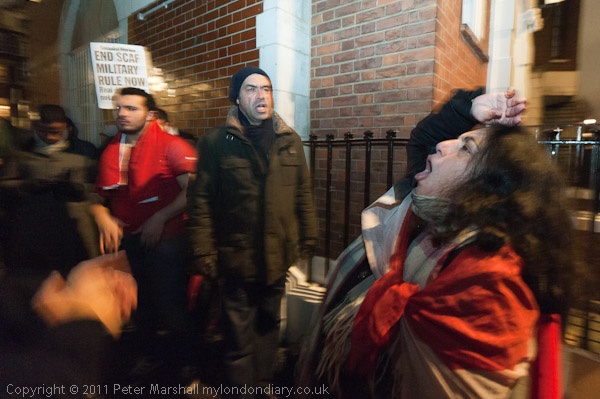People sometimes think that photography isn’t work. My wife for one, and in some ways I agree with her, and it’s certainly great to do things that I really want to do and sometimes at least get paid because people want to buy the pictures or publish them. But I actually find it can be pretty exhausting, both physically and mentally.
My camera bag isn’t that heavy, though non-photographers I hand it too usually wince a bit at it’s weight. A couple of camera bodies, three lenses, flash, little oddments like spare batteries, lens cleaning stuff, remote release and then the kind of necessities of life – a bottle of water, umbrella, sandwiches,maps and a paperback to read add up, together with the bag itself to perhaps around 7-8kg (around 15lb for non-metric readers.) At the start of the day I can hang it on my left shoulder and hardly notice it. But by the end of the day it does drag a little. It perhaps doesn’t help that I only have one shoulder, probably a legacy from my rugby-playing youth; not only does my right side just kind of slope down with little on which to keep a bag in place, after a minute or so the pain reminds me that it really isn’t a good idea to try.
Many photographers now use back-packs. Certainly easier on the shoulders, but they can be a real pain to other photographers if you are working together in tightly packed situations. And though I don’t do a great deal of lens-changing, it is rather easier from a bag than a back-pack, even the kind that swivels around the body.
As usual I digress. What I wanted to say was that Saturday was rather an exhausting day for me, one that reminded me I’m getting older. But also one that demonstrated again why London is a great place to work, particularly if you want to photograph protests and similar events. Possibly the nine I photographed was something of a personal record for a day (discounting such multi-events as the mass lone demos orchestrated a few years back by Mark Thomas against the ridiculous limitations on protest imposed under SOCPA.)
And even so, there were other events taking place I was sorry to miss. Some because it really is impossible to be in Downing St and Belgrave Square at the same time (had I taken my bike with me I might almost have made it, but probably it would have been stolen earlier while I was photographing on Oxford St.) There was an interesting walk in the East End that was truly out of the question. There are also some events where you really have to stick with them as things unfold, and others that are pretty static and at least visually can be summed up in a few minutes.
My photographic day started in Parliament St, which as the name suggests is very close to Parliament, and is what most people think of as the bottom end of Whitehall just off Parliament Square. I’d been told that there would be lots of people in Santa costume there at the head office of our tax people (Her Majesty’s Revenue and Customs – HMRC) who’ve lately been letting some big companies get away with not paying billions they owe in taxes, and of course they and the guys across the square in parliament make sure there are plenty of loopholes for them and their rich friends to creep through. If you are poor (or even in that ‘squeezed middle’) you pay taxes; if you are rich you pay accountants.
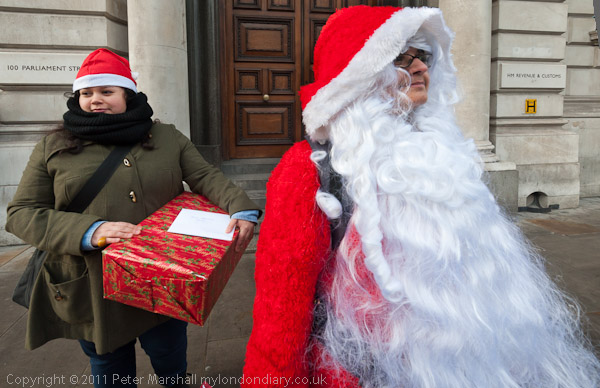
I arrived a little late, but just in time, to find one Santa and two helpers approaching the very impressive but firmly closed door. The protesters were just outnumbered by the four photographers, but more massively by the police, with a FIT team taking pictures and others standing around and sitting in vans, but not interfering with the protest at all. We took our pictures (there wasn’t really a lot to photograph as you can see) and left.
I had a little time to kill before the next protest, and as usual when I’m in the area I went across to talk with the protesters in Parliament Square, but they were still asleep so I didn’t disturb them, but walked around the square (still fenced off from the public – one of London’s minor scandals – and with a couple of guys paid there to sit inside the fence all day and do nothing) and then back up past Downing St to Trafalgar Square, finding nothing much happening at either location.
The great thing about free entry to museums and galleries is that you can wander in to the National Gallery on the north side of the square (or the National Portrait Gallery just a few yards around the corner) and spend say ten or fifteen minutes looking at a couple of your favourite paintings or perhaps finding something new, and I quite often do when I’ve time to spare. But time was getting on and I decided to get to the next location, so got on a bus to take me to Oxford Circus.
Another photographer was already there waiting opposite Topshop, and he told me that just a few minutes ago he had seen Bruce Gilden taking pictures at Oxford Circus, followed by a group of people, perhaps some kind of photo workshop. So having mentioned him in a post recently, I took a little walk looking for him (the flashes should have been easy to spot) but didn’t find him, and returned to Topshop.
Waiting outside there with another photographer, one of the higher ranking police officers came over to talk to us, telling us we would be allowed inside the store to a designated press area for the protest that was timed for 1pm. Around 15 minutes earlier I decided to go into the store, simply walking past the heavy security there with my two cameras on my chest as usual – and I don’t think they noticed.
But inside the store I decided I was unlikely to get much chance to take photographs – and the police officer had been talking absolute bullshit. So I left the store a couple of minutes before the protest occurred, knowing that there would also be a protest outside that I could cover. I’m not sure it was the right decision, but it did avoid trouble for me. Some other photographers who had also simply walked in past the security did get some pictures, but they were almost immediately either illegally assaulted and “arrested” for aggravated trespass by security staff or escorted out of the store (as I was three years ago when the Space Hijackers protested there.) Police did quickly arrive and “de-arrest” the photographers (and arrest the protesters) and they should be able to go to court to get compensation for their treatment.
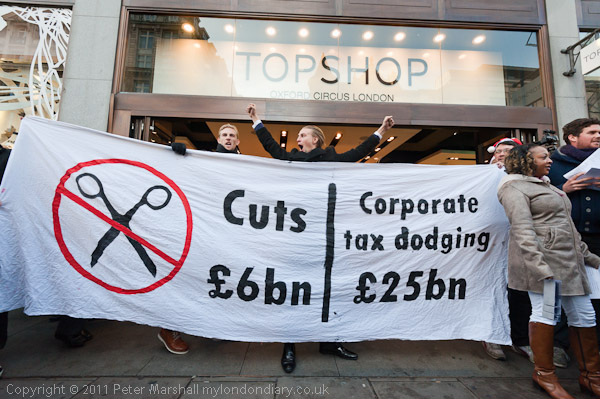
Outside the shop, there were rather more demonstrators (including some who had been inside but left immediately when requested, but later we were told six had been arrested) and the protest continued for a few minutes before police decided to clear the pavement. They told the protesters that they were committing an offence by obstructing the highway, then proceeded to obstruct it even more effectively themselves for rather longer!
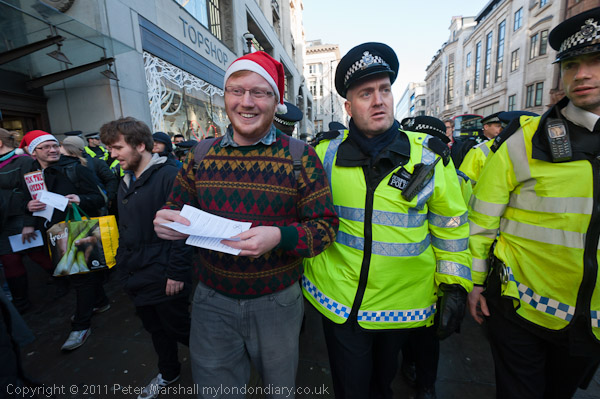
Police were pushing the protesters to clear the pavement – then blocked it themselves
The protest continued for some minutes longer on the road and then on the opposite pavement, and it was a very confused situation, with crowds of shoppers mixing with the protesters, many of whom were taking the opportunity to give out leaflets explaining that the protest was taking place because Topshop avoids paying its proper share of UK tax.
It’s a situation that few people think we should tolerate, and one that the actions by UK Uncut have put firmly on the political agenda. Even the Conservative Party are having to take tax avoidance seriously despite representing so many who profit from the current failures of the system to collect tax fairly. Gradually more and more people are coming to realise that the amounts involved in tax evasion and tax avoidance are truly massive, dwarfing the losses to the country from illegally claimed benefits that get so much publicity in the right-wing press.
Soon it became clear that most of the protesters had melted away, and it was time for me to run along Oxford Street to where I knew their next protest would be.
Continued in another post
